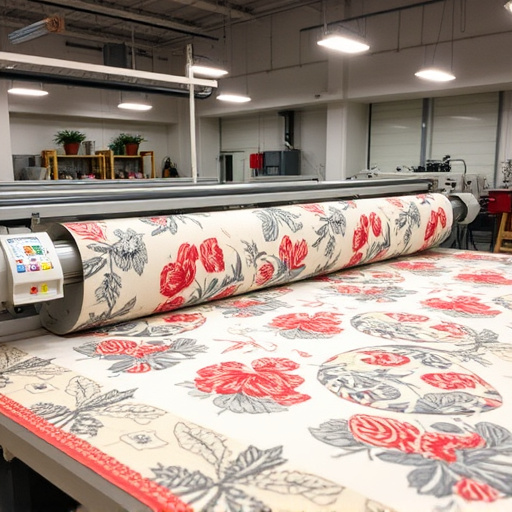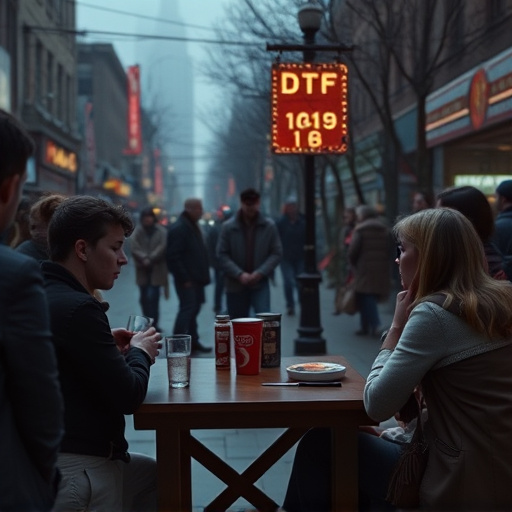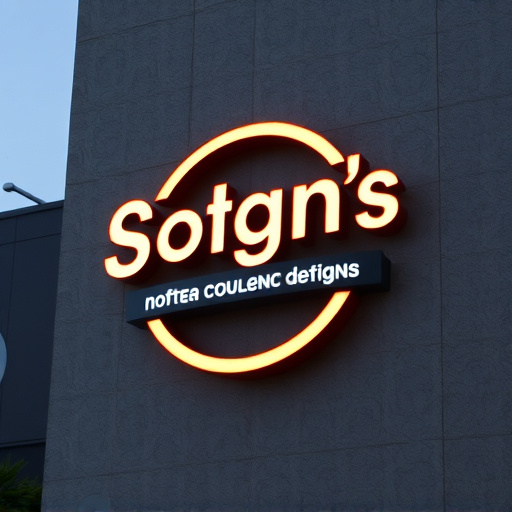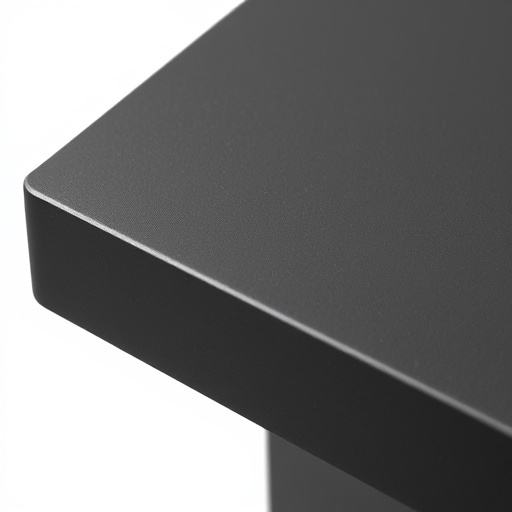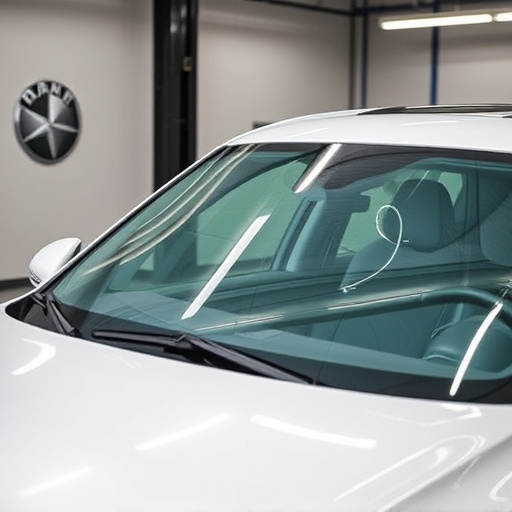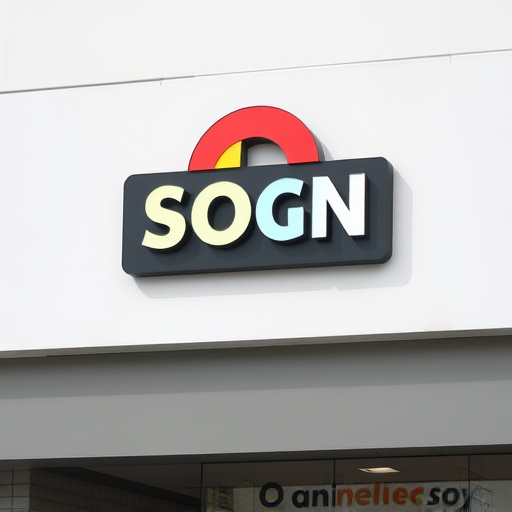Feedback is essential in logo design creation, fostering a constructive dialogue between designers and stakeholders to refine concepts. This iterative process involves peers, clients, and focus groups evaluating logo strengths and suggesting improvements. Effective communication clarifies expectations, transforming initial sketches into iconic brand identities. Feedback guides designs across diverse applications, ensuring visual impact and brand essence, much like vehicle wraps enhance aesthetics and protection.
“Unleash the power of feedback in the realm of logo design creation and refinement. This article delves into the intricate dance between designers and clients, exploring how constructive criticism evolves concepts into compelling logos. We dissect ‘feedback dynamics’ and their pivotal role in refining designs. Learn strategies for effective communication to bridge creative vision and client expectations. Discover the iterative process that transforms initial sketches into polished logos, showcasing the transformative potential of feedback in shaping visual identities.”
- Understanding Feedback Dynamics in Logo Design
- Effective Communication for Design Refinement
- Iterative Process: Transforming Concepts into Logos
Understanding Feedback Dynamics in Logo Design
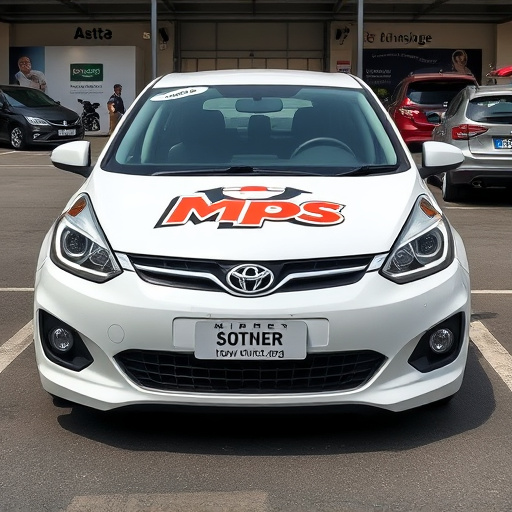
In the iterative process of logo design creation, feedback plays a pivotal role, acting as the bridge between concept and final masterpiece. Understanding dynamics of this feedback loop is essential for any designer aiming to refine their work. Initially, designers present their ideas, which are then scrutinized by peers, clients, or focus groups. This initial reception offers valuable insights into how others perceive the logo, highlighting strengths and areas needing improvement.
Feedback should be viewed as a constructive conversation rather than mere criticism. It helps designers step back and analyze their creation from different perspectives, ensuring the logo resonates with its intended audience. Moreover, it’s not just about aesthetic appeal; effective feedback also considers the logo’s functionality across various applications—from digital screens to physical vehicle protection like paint protection film or window tinting—ensuring it maintains its integrity in diverse settings.
Effective Communication for Design Refinement
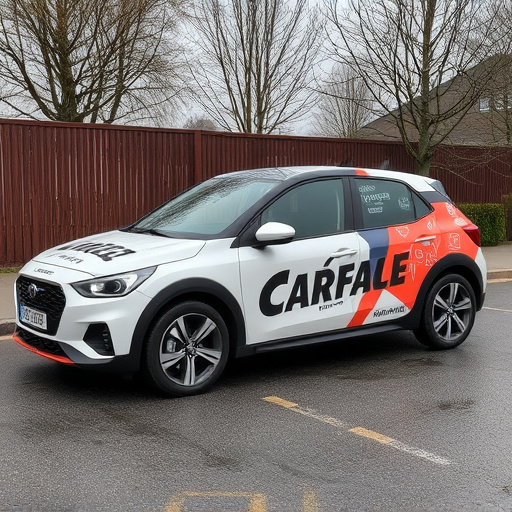
Effective communication is the linchpin when it comes to logo design creation and refinement. Throughout the process, clear and consistent feedback from clients and designers is essential to ensure the final product aligns with expectations. This two-way dialogue allows for a deeper understanding of brand identity goals and aesthetic preferences, refining the initial concepts until they become truly iconic.
Whether discussing color palettes, typography choices, or overall composition, constructive feedback plays a vital role in transforming rough sketches into high-quality finishes. Just as a professional window tinting service enhances privacy and protection, feedback polishes the logo design, making it stand out while reflecting the brand’s essence. Custom vehicle wraps, known for their eye-catching transformations, rely on similar principles of customization and detail-oriented refinement, ultimately resulting in visually stunning logos that leave a lasting impression.
Iterative Process: Transforming Concepts into Logos
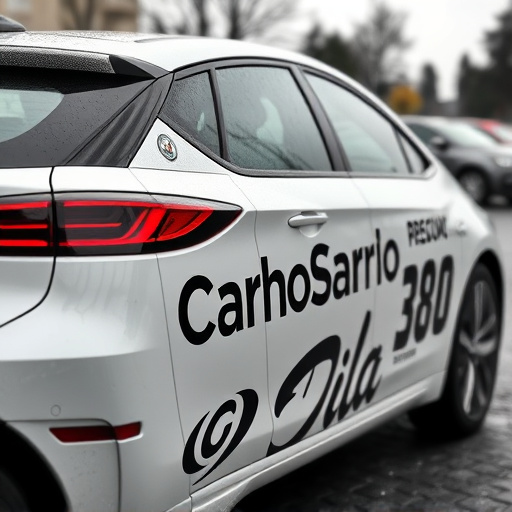
The process of creating a logo is akin to an iterative journey, where initial concepts evolve and transform into striking visual identities. It’s a step-by-step refinement process that demands continuous feedback. Logo design creation isn’t a linear path; instead, it’s a series of iterations that build upon ideas, test boundaries, and refine aesthetics. Designers begin with sketches, digital roughs, and prototypes, gathering feedback from clients or stakeholders at each stage.
This iterative approach allows for the exploration of various concepts, ensuring the logo design aligns with the client’s vision. It enables designers to incorporate valuable insights, making adjustments to colors, shapes, typography, and overall composition. Just as heat rejection systems in vehicles improve performance by dissipating excess heat, feedback guides the design process, allowing creators to enhance their work, resulting in a final logo that effectively communicates the brand’s essence while considering practical applications like vehicle wraps.
Feedback is an indispensable element in the journey from concept to final logo design. Through effective communication and an iterative process, designers can refine their creations, ensuring they meet client expectations and resonate with their target audience. By embracing feedback dynamics, the logo design creation process becomes a collaborative art, resulting in visually appealing and impactful brand identities.





